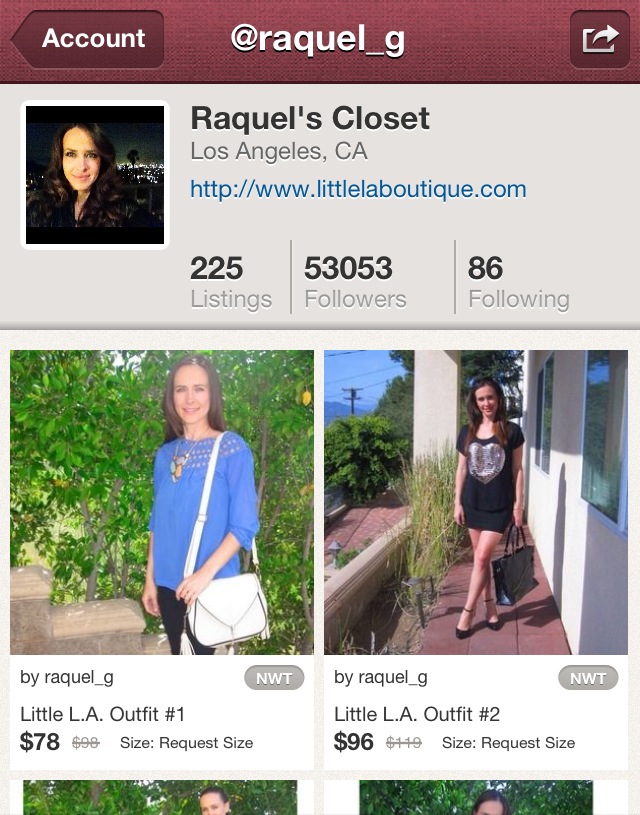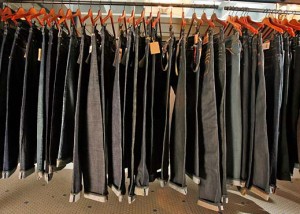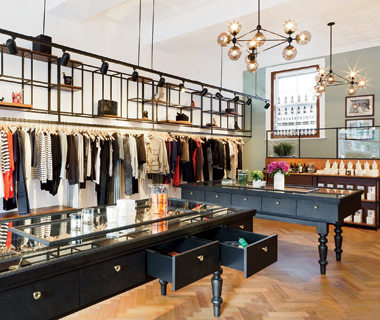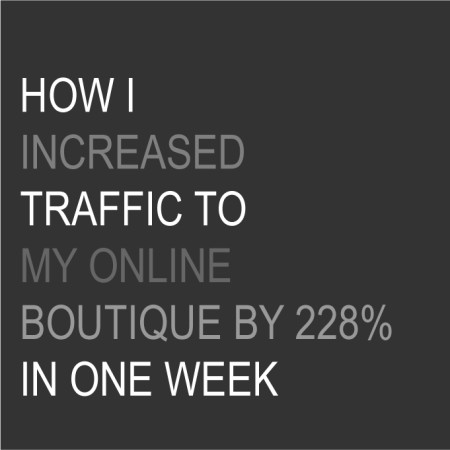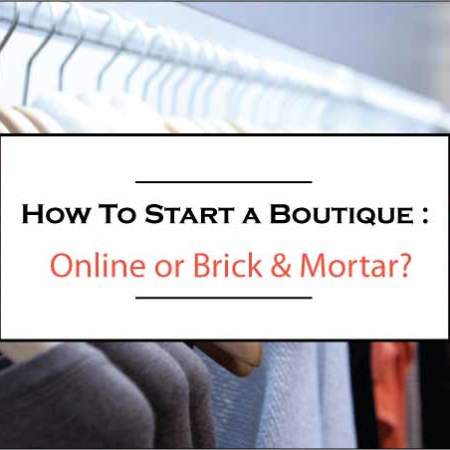When it comes to the business side of me, there’s two things to know – that I love fashion and I love technology. I’m quite the nerdy fashionista. So, when my girl friend told me about an app called Poshmark in November – I was beyond thrilled to check it out and I’ve been attending daily “Posh Parties” through my iPhone ever since!
Warning: Do not continue if you are trying to keep your shopping addiction in check!
What is Poshmark?
Poshmark is a free app available on iPhone or iPad that allows you to sell items from your closet and shop items from other women’s closets. You can often find great deals on gently used or new items that you’ve always wanted, but never wanted to pay full price for! Poshmark has three “Posh Parties” each day where you can share items from your closet or shop from other women’s closets. Sample parties in the past have been, “Marc Jacobs, Rebecca Minkoff & All Saints Party”, “Date Night Party”, and “Hot Handbags Party” – just to name a few.
What makes Poshmark so great?
For me, what makes Poshmark so great is the Poshmark community. I have only had great experiences with the ladies on Poshmark with whom I’ve bought from and sold to. I also attended a Poshmark meet up here in Los Angeles with my girl friend Winnie and had the opportunity to meet Poshmark’s CEO, Manish and Community Director, LyAnn – who happen to be some of the nicest people I’ve ever met! It was great to chat about Poshmark and meet a few new Poshmarkers as well over a glass of champagne.
How do I join Poshmark?
You can download the app for free on iPhone or iPad – or you can sign up directly from Poshmark’s website. (You will need the app to be able to sell items.) Here is a screen shot of what my profile looks like:
If you are already on Poshmark or are just signing up, please send me message and say “Hello”!
*I do have a few more invites available that I’m willing to share with you guys so you can get a $5 credit for your first purchase and I get a $5 credit too! Just use the code HNAAV when signing up. I only have a few left, so if it doesn’t work for you then it means someone else beat you to it! 😉
My Own Poshmark Closet Challenge:
So while I love fashion and shopping (online that is) – I absolutely cannot stand having a closet overflowing with clothes, shoes, and handbags! I am actually quite the minimalist believe it or not! I know, so ironic right? … The Minimalist Fashionista…. Even I can’t keep a straight face typing that! Ha! Anyway, it got me thinking – why don’t I get rid of almost everything in my closet on Poshmark and then every so often shop for a few new items. At the end of a season, when I’m done wearing the item I can sell it again on Poshmark to buy new items for the next season! That way I’m always recycling what I have and I only really end up spending the difference of what I bought the item for and what I end up selling it for. I already started the first round of cleaning out my closet so I’ll be posting it all in my Poshmark closet soon! Wish me luck and I’ll update you guys on how my plan of closet minimalism goes! 🙂

